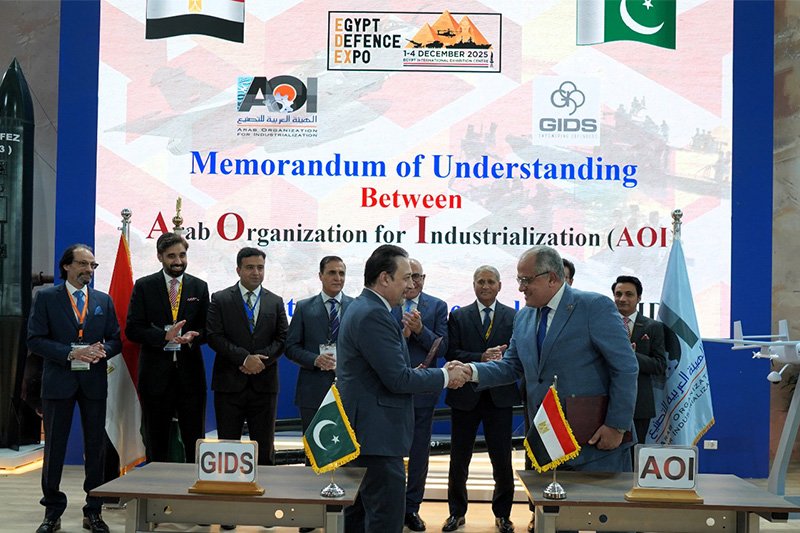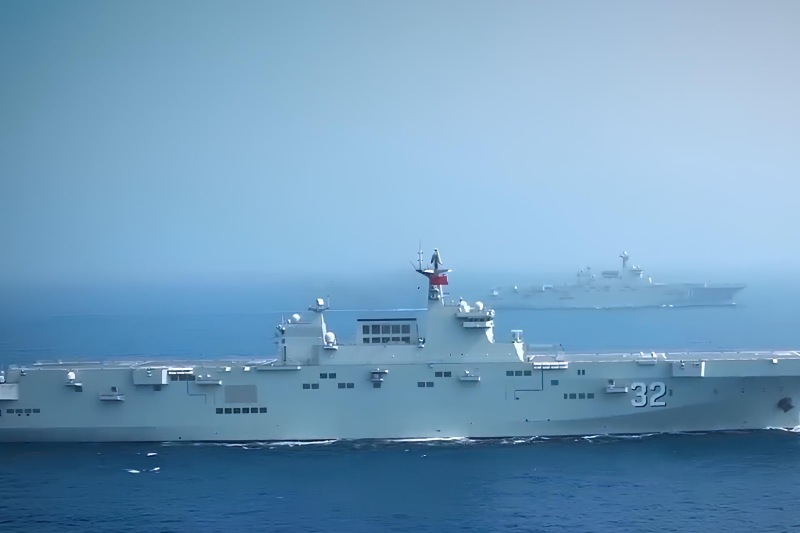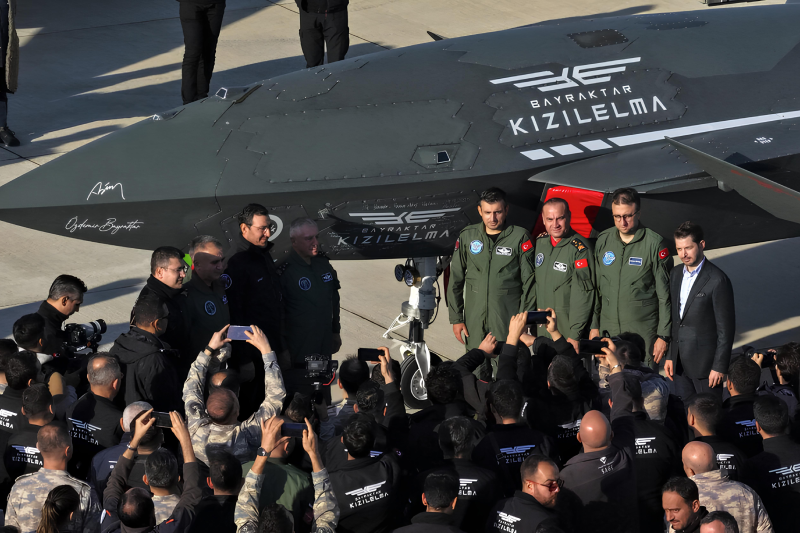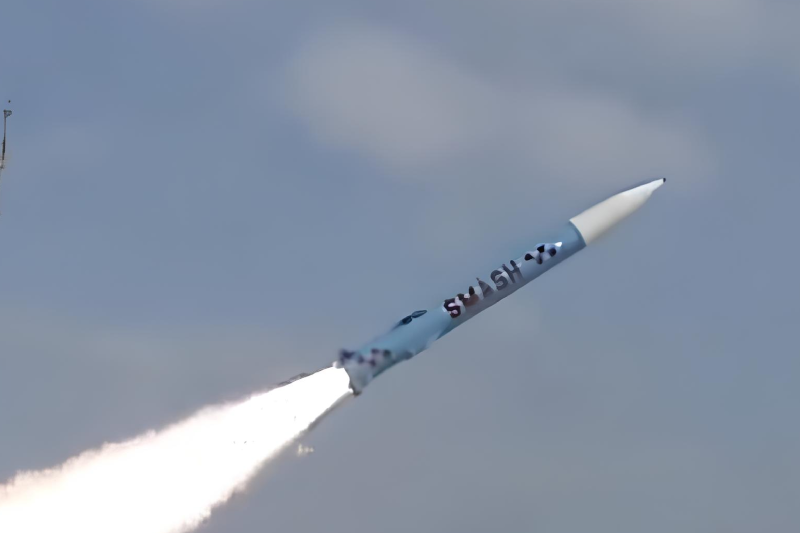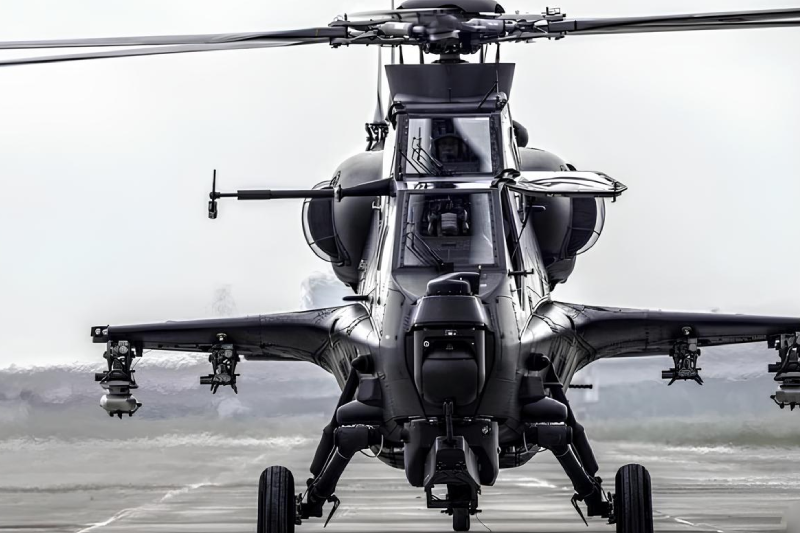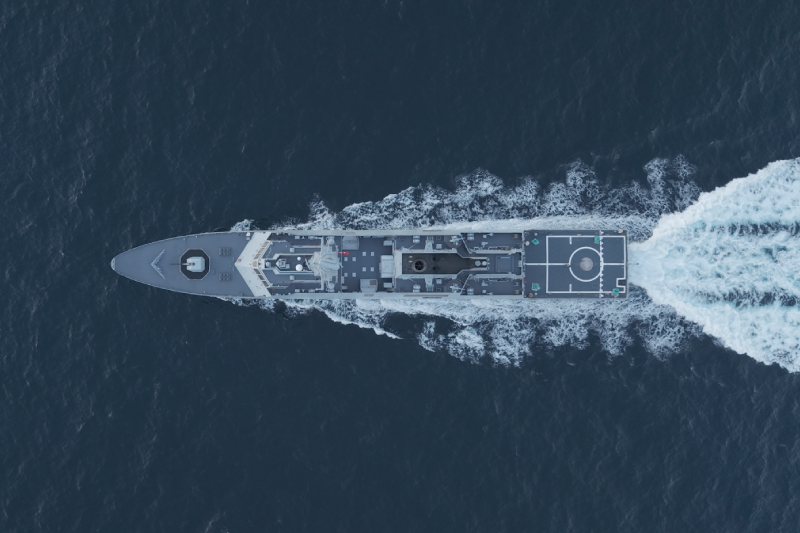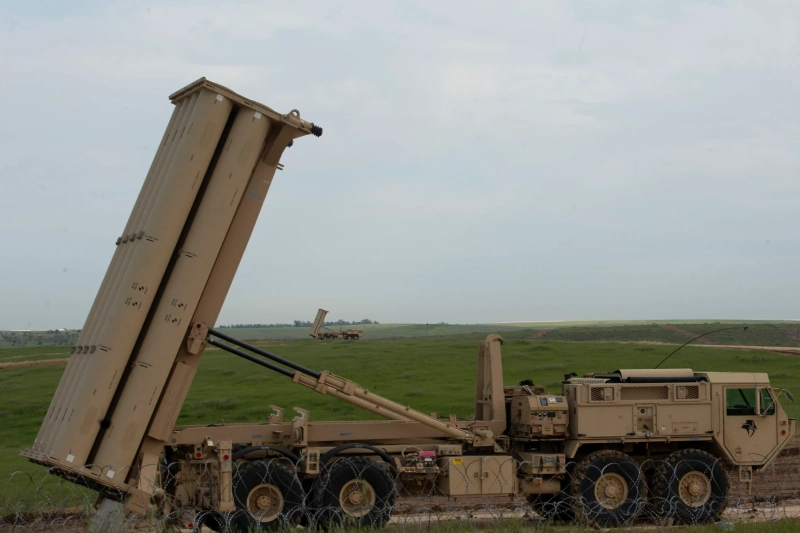Lockheed Secures $2B Deal to Restock THAAD Interceptors
Lockheed Martin has received a significant $2.06 billion contract modification from the US Department of Defense to produce additional Terminal High Altitude Area Defense (THAAD) interceptors, substantially expanding America’s ballistic missile defense capabilities. This major award increases the total value of the current production contract from $8.35 billion to over $10.4 billion, with work scheduled to continue through December 1, 2029.
Defense Contract Expansion Targets Key Needs
The Department of Defense announced that the contract modification (P00105) to contract HQ0147-17-C-0032 covers the comprehensive manufacture of THAAD components under fixed-price incentive terms. This substantial investment reflects the Pentagon’s commitment to maintaining robust ballistic missile defense capabilities while addressing recent operational demands that have significantly depleted existing interceptor stockpiles.
The production effort will be distributed across multiple Lockheed Martin facilities, including strategic locations in Dallas, Sunnyvale, Troy, and Camden. This multi-site approach ensures manufacturing resilience and leverages specialized capabilities across the company’s missile defense infrastructure, enabling efficient production scaling to meet urgent military requirements.
The timing of this contract award proves particularly significant given recent operational developments that have highlighted the critical importance of maintaining adequate THAAD interceptor inventories for both domestic defense and allied support missions.
Combat Use Drains Interceptor Reserves
The contract announcement follows reports indicating that U.S. forces expended more than 150 THAAD interceptors during a 12-day conflict while defending Israel against Iranian ballistic missile attacks earlier this year. According to defense sources cited by The War Zone, this expenditure represents approximately 25 percent of all THAAD interceptors ever ordered or planned by the U.S. military, based on comprehensive Pentagon budget records.
The Wall Street Journal reported that THAAD operators, working alongside Israeli defense systems, consumed interceptors at an unprecedented rate during the intense missile exchange. “Operating alongside Israeli systems, THAAD operators burned through munitions at a furious clip, firing more than 150 missiles to shoot down the waves of Iranian ballistic missiles, according to U.S. officials,” defense sources revealed, highlighting the system’s crucial role in protecting allied nations.
This operational deployment demonstrated the THAAD system’s effectiveness under real combat conditions while simultaneously revealing the substantial logistical challenges associated with maintaining adequate interceptor inventories during sustained defensive operations.
THAAD System Architecture
The Terminal High Altitude Area Defense system, manufactured by Lockheed Martin Missiles and Fire Control, represents one of the core pillars of America’s comprehensive ballistic missile defense architecture. The sophisticated system is specifically designed to intercept short- to intermediate-range ballistic missiles during their terminal phase using advanced kinetic energy technology, eliminating threats without requiring explosive warheads.
This kinetic kill capability provides several strategic advantages, including reduced collateral damage risks and enhanced effectiveness against various missile types. The system’s precision targeting and advanced radar integration enable successful interception of incoming threats at critical altitudes, providing essential protection for military installations, population centers, and allied territories.
The THAAD system’s proven combat effectiveness during recent Middle Eastern operations validates years of development investment and demonstrates its readiness for real-world defensive scenarios against sophisticated ballistic missile threats.
Global Deployment Strategy
The Pentagon has systematically expanded the THAAD system’s global footprint over the past decade, establishing deployed units in strategically critical locations including Guam, South Korea, and multiple sites across the continental United States. This distributed deployment strategy ensures comprehensive coverage of potential threat vectors while providing flexible response capabilities for various regional security challenges.
The reported operational use of THAAD systems in the Middle East, conducted in close coordination with Israeli defense forces, exemplifies the system’s successful integration with allied military capabilities. This operational cooperation demonstrates the system’s interoperability with international defense networks and its value in supporting coalition defense efforts.
The 12-day missile exchange between Iran and Israel earlier this year represented one of the most intense ballistic missile engagements in recent military history, requiring U.S. forces to activate forward-deployed THAAD batteries in support of allied defense operations. While Pentagon officials have not confirmed exact interceptor expenditure numbers, defense sources consistently report unusually high consumption rates during this critical period.
Production Impact
The latest contract award is specifically designed to support comprehensive replenishment of U.S. THAAD interceptor inventories while ensuring continued component deliveries for both domestic military requirements and allied customer commitments. This dual-purpose approach maintains America’s defensive capabilities while honoring international defense agreements and supporting allied nations’ security needs.
Lockheed Martin has successfully delivered THAAD systems to international customers, including the United Arab Emirates and Saudi Arabia, demonstrating the system’s global appeal and strategic importance for regional defense partnerships. These international sales generate valuable revenue while strengthening defense relationships with key allies in strategically important regions.
Also read this: US Navy Extends Operational Life of T-45 Training Aircraft
Manufacturing Excellence
The multi-billion dollar contract modification ensures that Lockheed Martin can maintain production momentum while scaling manufacturing capabilities to meet increased demand. The company’s distributed manufacturing approach across multiple facilities provides redundancy and specialized expertise, enabling efficient production processes and quality assurance throughout the complex interceptor manufacturing cycle.
This substantial investment in THAAD production capacity reflects the U.S. military’s long-term commitment to ballistic missile defense capabilities and recognition of evolving global threat environments. The extended timeline through December 2029 provides predictable production schedules while ensuring adequate interceptor availability for both planned deployments and emergency response scenarios.
The contract’s fixed-price incentive structure encourages manufacturing efficiency while protecting government interests, establishing a framework for successful program execution that benefits both the military and the defense industrial base.
Join us on Facebook, Twitter, YouTube, Instagram, and TikTok for real-time coverage of defense events worldwide.
Discover more from International Defence Analysis
Subscribe to get the latest posts sent to your email.


